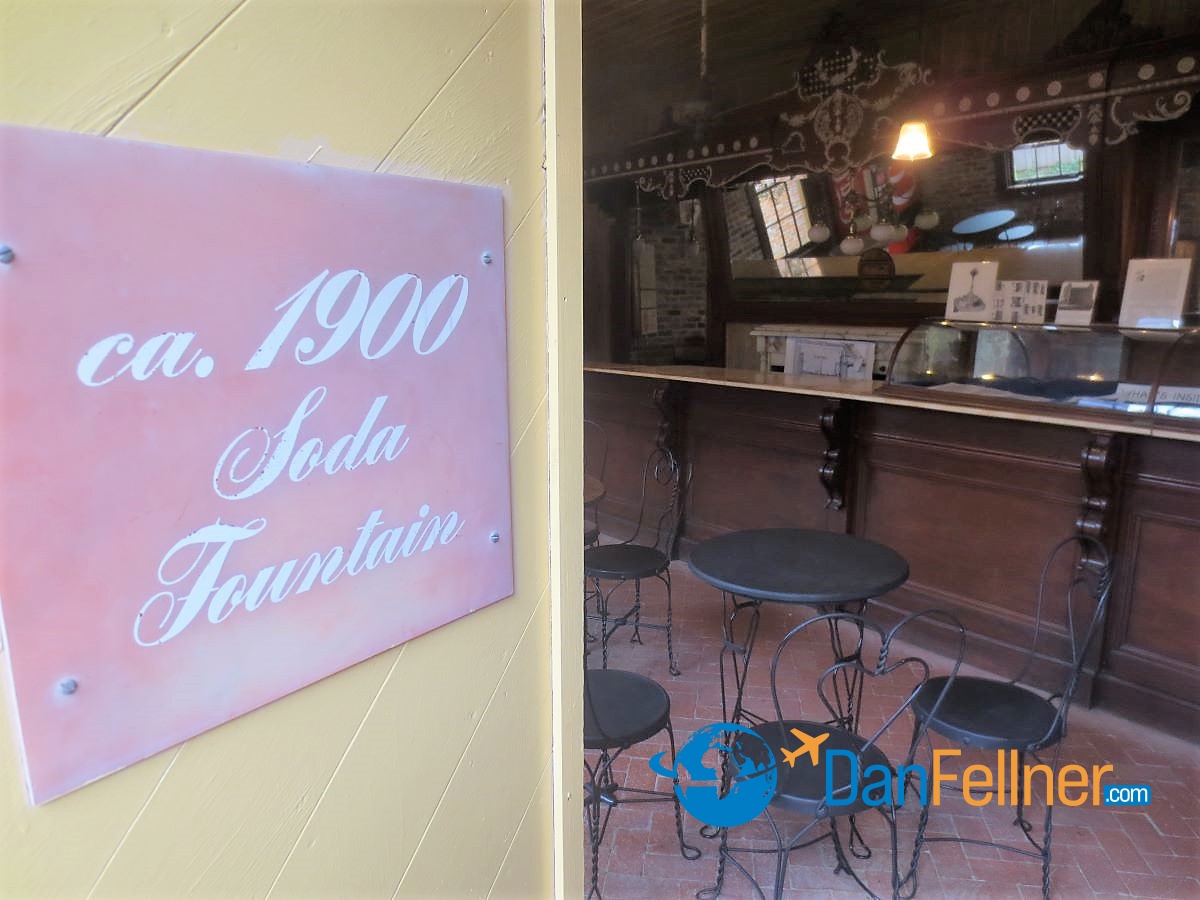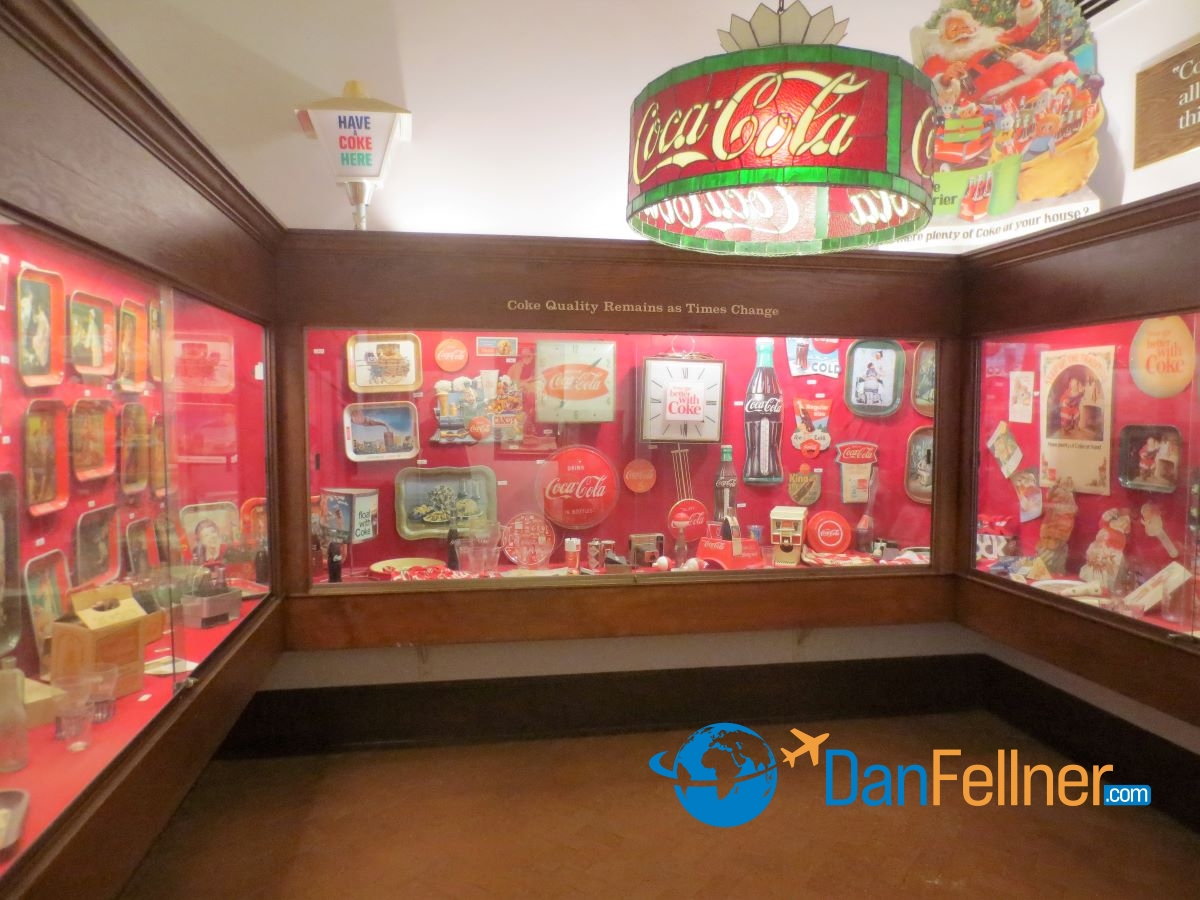A thirst-quenching look at the soft drink’s surprising history at a Mississippi museum
February 15, 2019
VICKSBURG, Miss. — This placid town of 50,000 people on the east bank of the Mississippi River about 230 miles northwest of New Orleans isn’t exactly known as a den of iniquity.

The Biedenharn Coca-Cola Museum in downtown Vicksburg, Mississippi.
Yet, in the late 19th century, Vicksburg was one of the main distribution hubs of cocaine in the United States.
No, the city wasn’t the headquarters of an international drug cartel. And the surrounding fields grew cotton and soybeans, not coca plants.
Turns out, Vicksburg was the site of the very first Coca-Cola bottling plant.

The first Coca-Cola bottling plant — dating back to 1894 — at the Biedenharn Coca-Cola Museum in Vicksburg, Mississippi.
In those days, part of the drink’s recipe, which was invented by an Atlanta pharmacist named John Pemberton in 1885, actually contained cocaine in the form of an extract from the coca plant. Hence the name “Coca-Cola.” At the time, cocaine was legal and used in a variety of medicinal products.
In 1894, Vicksburg native Joseph Biedenharn began bottling the drink in a two-story brick building in the heart of the city’s downtown.
Today, the Biedenharn Coca-Cola Museum, owned and operated by the Vicksburg Foundation for Historic Preservation, is one of the city’s most popular tourist attractions.
I recently spent a morning learning about the history of America’s most iconic soft drink during a stop in Vicksburg while on a weeklong cruise on the lower Mississippi River. I was sailing on the American Duchess, a paddlewheel-propelled riverboat owned by the American Queen Steamboat Co.

A soda fountain dating back to around 1900, on display at the Biedenharn Coca-Cola Museum in Vicksburg, Mississippi.
Interestingly, there was absolutely no mention of cocaine at the two-story museum amidst all the displays showcasing the history of Coca-Cola. There was a reproduction of the equipment first used to bottle Coke, a soda fountain dating back to 1900, lots of memorabilia and old Coke ads.
I jotted down the words from a 1906 advertising slogan promoting the many benefits of the not-so-soft drink: “It relieves fatigue and imparts new vigor and new energy.”
I’m told cocaine will do that.
One of the museum’s docents confirmed that cocaine was used in the early days of the beverage, until the company noticed that teenagers were lingering a bit too long at the soda fountains, consuming copious amount of the cocaine-laced drink instead of going to school or work.
Due to public pressure, cocaine was eventually removed from the beverage, while the amount of caffeine was tripled.
“They substituted one buzz for another,” the docent told me with a smile.
Today, Coca-Cola no longer contains even a trace of cocaine. Unless you want a sugar high or caffeine buzz, you’ll have to get your kicks elsewhere.

© 2019 Dan Fellner



